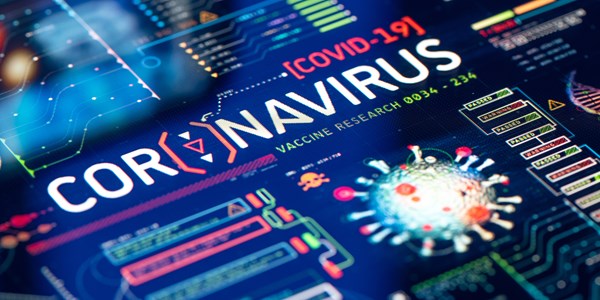During times like this the world hurts. People loss their incomes, business fight to stay alive and consumer behaviour changes in ways hard to predict. COVID-19 is spreading across the globe and currently has 420,000 confirmed cases (2pm, 25th of March). Even though there has not been a global pandemic like this in modern times there have been similar ones that were for the most part contained in their originating countries and business owners and brand managers can look to these for guidance and education to help predict consumer behaviour going forward. Never know, it may be what saves your business!
COVID-19 and SARS
COVID-19 has infected more people globally then SARS. With a mortality rate that is currently under 5%, it is significantly less than SARS which was just under 15%. In 2003, the SARS outbreak was quite contained in the host country (China), however there were several cases in neighbouring countries such as, Hong Kong, Singapore and Vietnam. Researchers based in Beijing stated that the outbreak costs around $25 Billion USD. Some reports showed ripple effects in some industries costed the world economy around $40 Billion USD.
Changes in Consumer Behaviour
SARS definitely bruised China’s economy but also made some major lifestyle changes in people’s purchasing and communication behaviour. 2003 was the year when e-commerce marketplace giant eBay, dominated the Chinese market until Taobao (Chinese C2C marketplace) was launched in July 2003 by Alibaba Group and slowly surpassed eBay in China 2 years later to now, becoming one of the largest C2C marketplace in china.
JD.com, previously a brick and mortar electronics retailer business, was heavily impacted by SARS and almost had to file for bankruptcy. The business had initiatives to sell its product in social media chat groups and college forums to survive the crisis. This inspired Richard Liu, the founder of JD.com to move the business from offline to online. Now, JD.com is one of the largest B2C E-commerce store in china.
Surely, we won’t say that the SARS outbreak boomed E-Commerce. But it played a important role in inspiring businesses to innovate and pivot which lead to the birth of E-commerce industry in China. The industry was also supported by the availability of high speed internet, mobile phones and online payments in china.
E-Commerce and online marketplace platforms were already available to the public previously, but the Chinese public had underutilized the function of it being in the market until SARS outbreak happened. This stimulated digitalization of Chinese economy, shifting purchasing lifestyle of consumer products and B2B products.
Adapting to the “New Normal”
As the (Covid-19) outbreak is happening, we may be able to forecast underutilized industries that will be sparked post COVID-19 outbreak. While these services are available to the public in the present day, the public will adapt to the ‘new normal’ might implement these services in their lifestyle post COVID-19 outbreak.
Online classes
School and universities had already pushed their students to live streaming / pre-recorded video platforms to learn at home. This is temporary, but this might have an impact to learning trends in the future.
Training / Education industries might utilize more of their operations to streaming, pre-recorded training video platforms. Short courses for certifications might also be shifted online for example: RSA certifications, RSG certifications.
For example:
Cisco, Instructure, Litmos
Food Deliveries
While Aussies are trying to stay at home more than usual, food delivery apps, grocery deliveries and premade meals businesses are experiencing surge in demand and is expected to keep its growth.
Buying weekly groceries might just be a 15-minute website scrolling. Calorie counted Lunch meals for office might just be ordered from pre-made meals a few days before. Late night cravings should be easier by ordering from food delivery apps.
For example:
Uber eats, Deliveroo, Coles delivery, Youfoodz
Remote working lifestyle changes
Office workers are pushed to work at home more than before. While attendance wont being recorded, business apps are used to track work progress remotely, this includes the increase of Video conference meetings and online pitches usage.
Working style will shift to less strict 9-5 style and incorporate performance style data.
For example:
Microsoft teams, slack, zoom

